A Q&A with James Ribbron, who serves as the executive director of Detroit Champions for Hope — an effort that elevates caregivers and child care providers as children’s first teachers and champions. Some responses edited for clarity.
You left Michigan in 1977 for college but eventually returned to Michigan because you had a desire to give back to Detroit. What opportunities did you see for the city upon returning?
I returned to Detroit in 1981, the economic downturn had taken a toll on the city; the auto industry that gave rise to many Detroit families middle class lifestyle was gone. The impact was felt in manufacturing and construction leading to more unemployment.
Prior to going to college, I grew up on the westside of Detroit, my family attended the Shrine of the Black Madonna — 1969 to present — where the foundation for my involvement in community development was laid.
The economic problems in Detroit created opportunities for social service programs to address issues with crime, drugs and unemployment. There was a community center on the eastside of Detroit called the 4-H Center. The center was the Detroit hub for Michigan State University Extension (MSUE) Youth Programs. I was introduced to the Detroit Urban Gardening Program where I started growing gardens in vacant lots with the support of the MSUE horticultural department. I became a Master Gardener; this was the first experience I gained that would allow me to do significant life changing work in my neighborhood.
Has that thinking evolved as the city has undergone immense change?
Detroit is experiencing a significant economic resurgence. Since I started my role as Director of the Board of Zoning Appeals in 2012, I’ve witnessed a surge in business development. Specifically, we’ve seen a rise in tech startups in Midtown, a revitalization of the restaurant scene downtown, and the redevelopment of former industrial spaces into thriving retail areas. This growth has resulted in a noticeable increase in job opportunities and a positive impact on property values throughout the city. Through my work on the board, I’ve been directly involved in decisions that have facilitated these developments, ensuring that new businesses align with the city’s long-term vision.
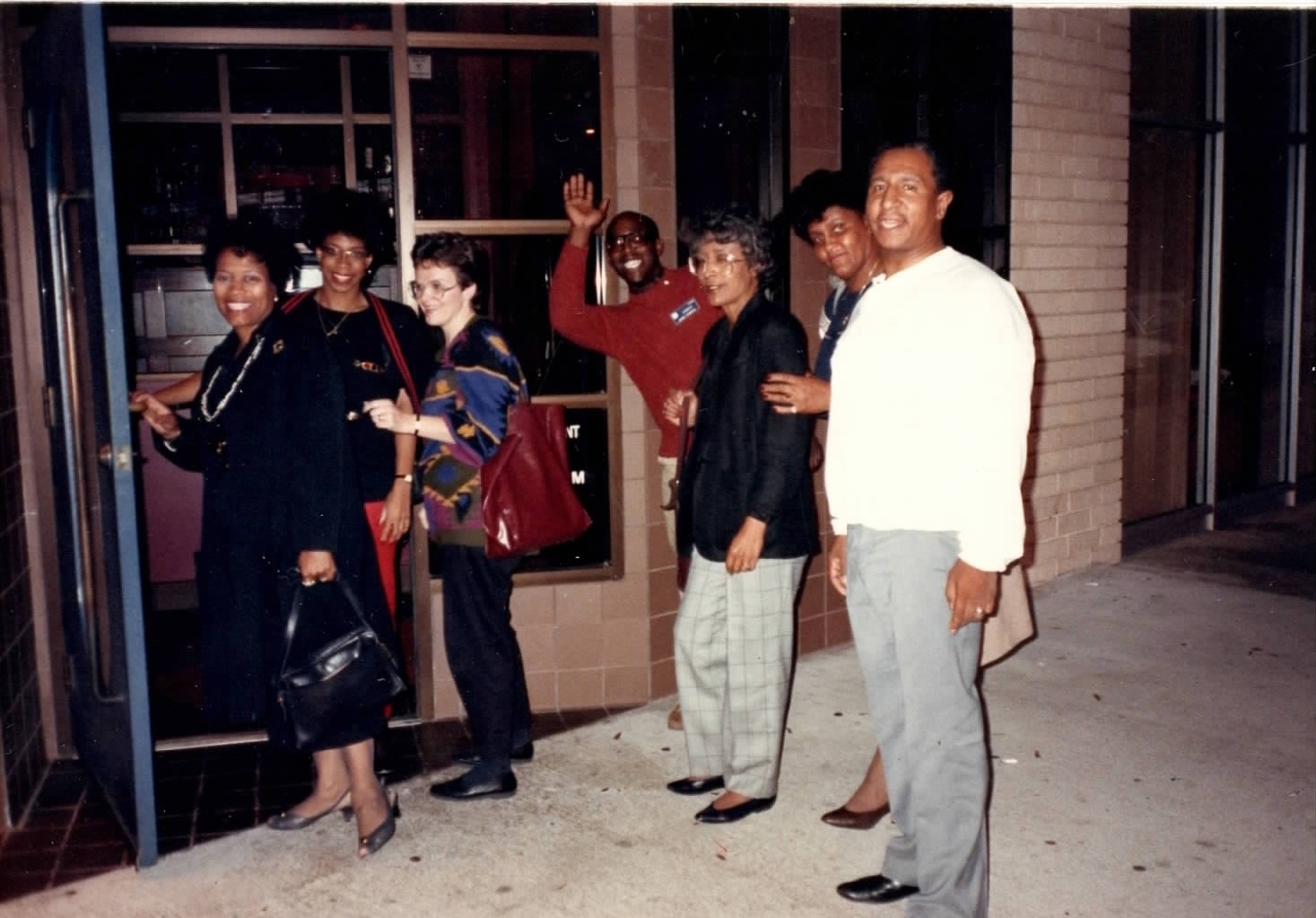
What has been your experience leading Detroit Champions for Hope, and engaging parents and organizations in the Hope Starts Here initiative?
This is one of the most significant experiences I have had in my life; I am a servant leader, I work with our children, I work with families, and I grow and change every day from the relationships I have throughout the state of Michigan working on early childhood education solutions in Detroit.
I work with mothers, fathers and caregivers to provide information to Detroiters on early childhood education issues in each of the Detroit City Council districts. There are at least three Community Outreach Specialists in each district. I am most proud and excited how Detroit Champions for Hope is set up to provide the Outreach Specialists with a paid stipend for the advocacy and community engagement work done in the districts.
We are changing how we engage our parents and families by giving them real life experience for the work we do in our communities.
You have an interesting connection to one of the foundation’s fellowship programs. What role do you feel it played in your professional trajectory?
In September 1988, the Kellogg Foundation facilitated a revolutionary approach to community engagement in the Northern High School area of Detroit. They convened 75 leaders, including community and neighborhood representatives, businesspeople, nonprofit directors and school principals from Northern High School and its feeder middle and elementary schools. This initiative led to the formation of the Kellogg Northern Area Planning Group (KNAP), “a coalition of over 75 concerned citizens. KNAP, organized by the Kellogg Youth Initiatives Program, developed a five-year strategic plan titled Designs and Directions: A Vision for the Northern High School Area, this plan identified goals and results-oriented programs and services aimed at revitalizing the Northern High School area.”
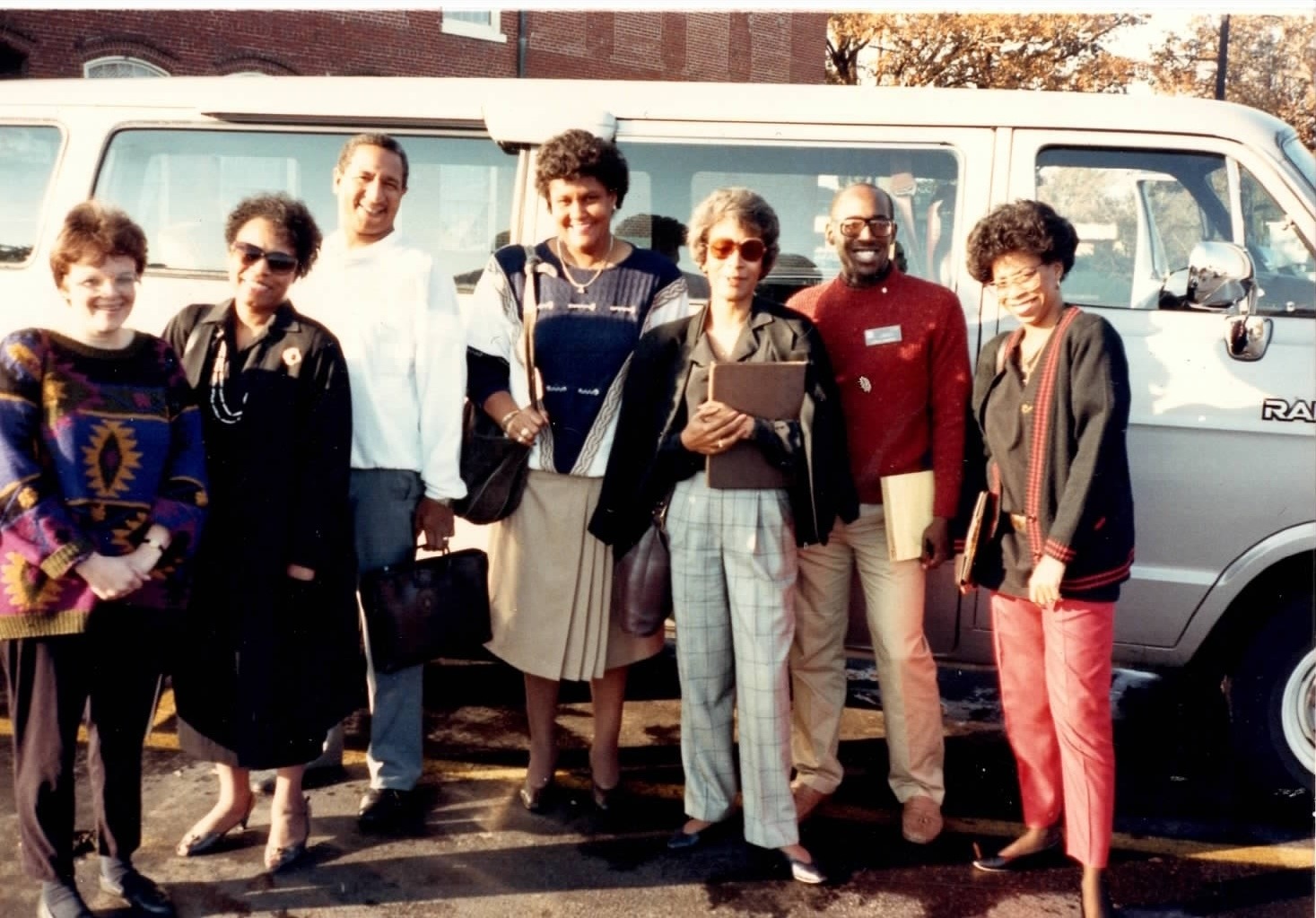
Who or what inspires you?
My greatest inspiration is the late William “Bill” Mills, the founder and director of the 4-H community center. He introduced me to Michigan State University Extension programs, which, while primarily serving rural areas, “helps people improve their lives by bringing the vast knowledge resources of MSU directly to individuals, communities and businesses. For more than 100 years, MSU Extension has helped grow Michigan’s economy by equipping Michigan residents with the information that they need to do their jobs better, raise healthy and safe families, build their communities and empower our children to dream of a successful future.”
Bill’s dedication to community upliftment instilled in me the importance of collaborative work. This lesson resonates deeply with my current involvement in the Hope Starts Here Imperative. This work, which continues the community development efforts I began in 1981, demonstrates that collaborative efforts produce the most impactful outcomes. My work with the Kellogg Foundation has provided me with invaluable practical experience and knowledge, equivalent to a master’s degree from any prestigious university. The skills I have gained in strategic planning, community engagement and program development have been invaluable.
If you could be any superhero, who would it be and why?
I would be the Black Panther T’Challa because he represents the pride I have in being a Black man in America. The Black Panther from Wakanda gives me pride in my African ancestry and the kings and queens I feel I am descended from.
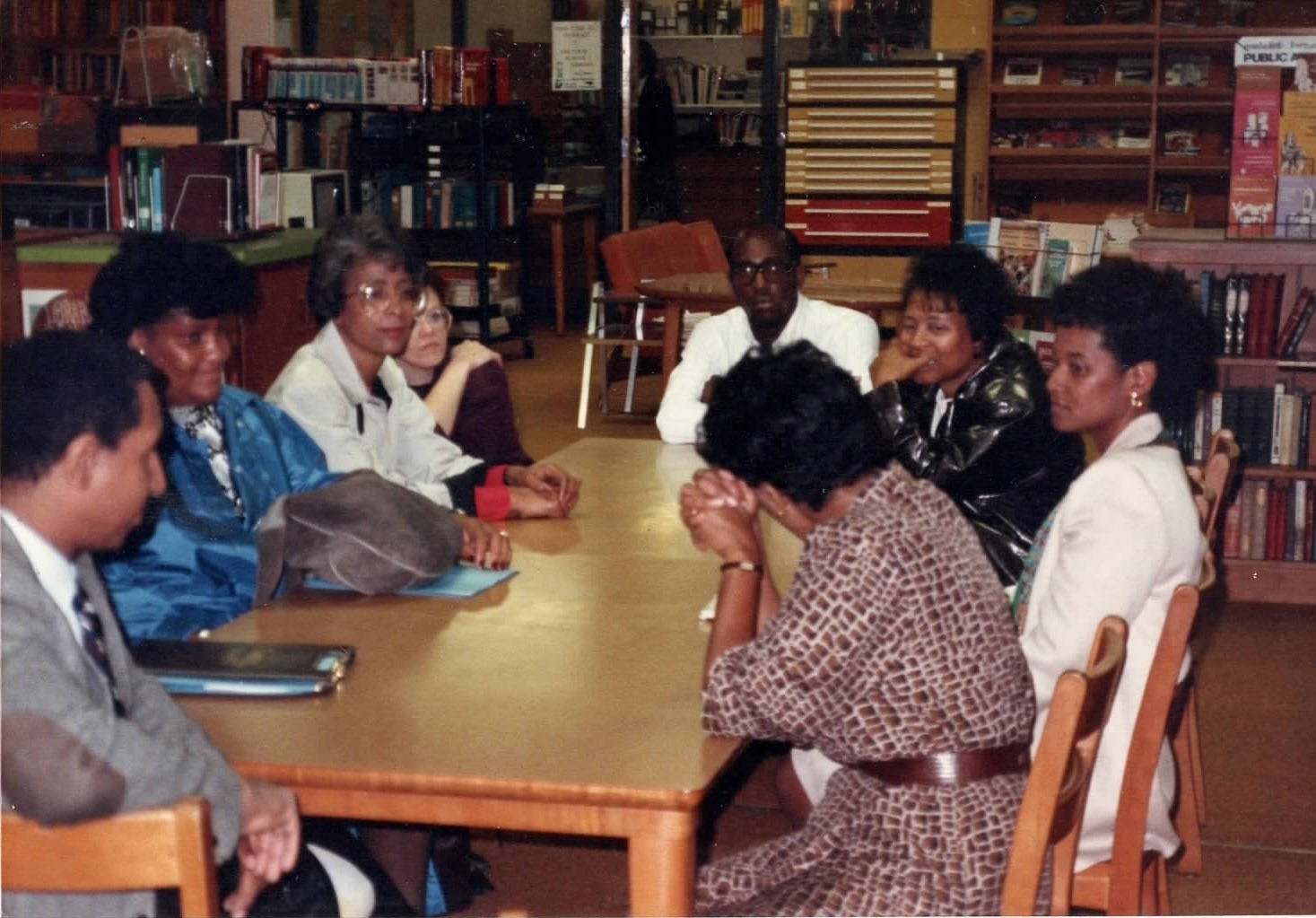
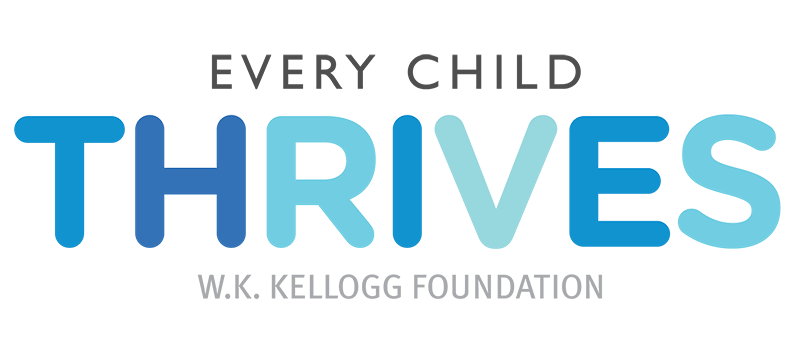
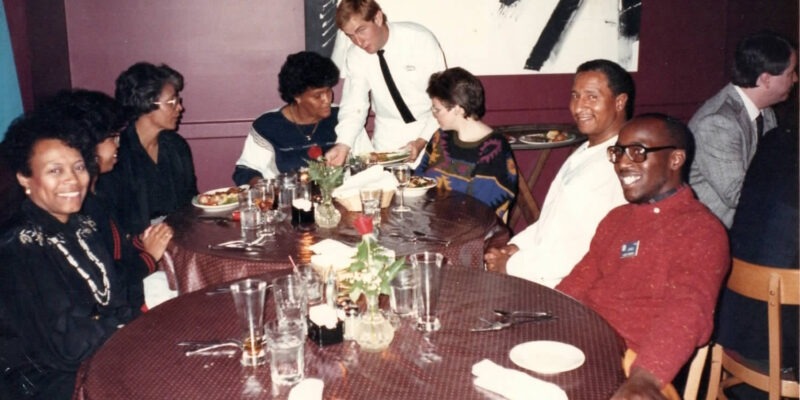




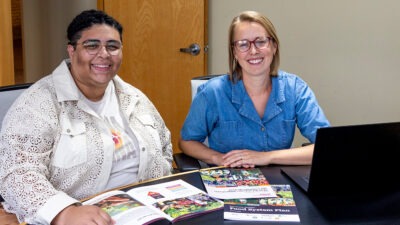
Comments